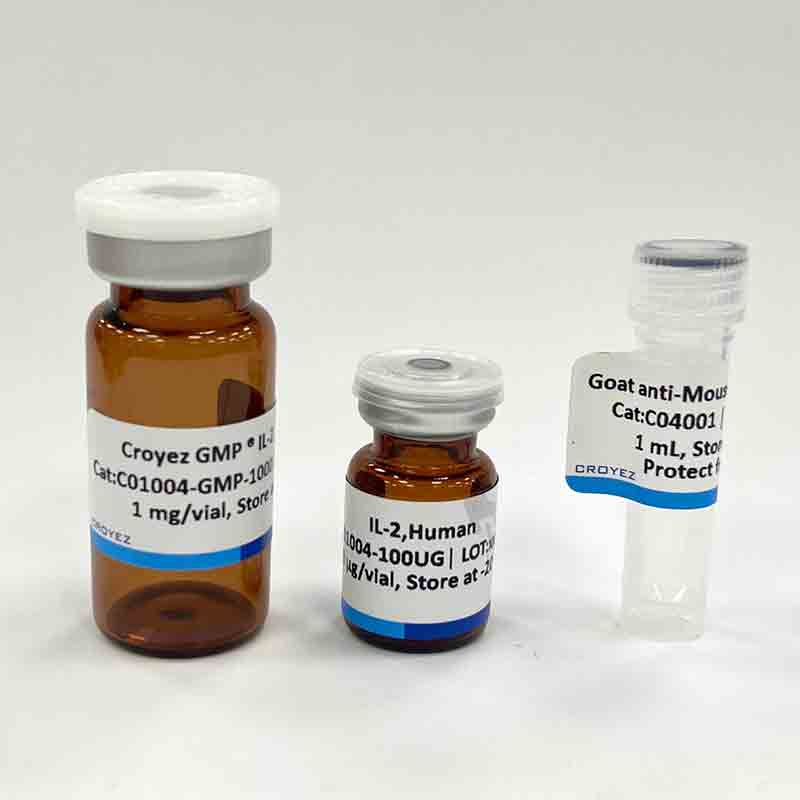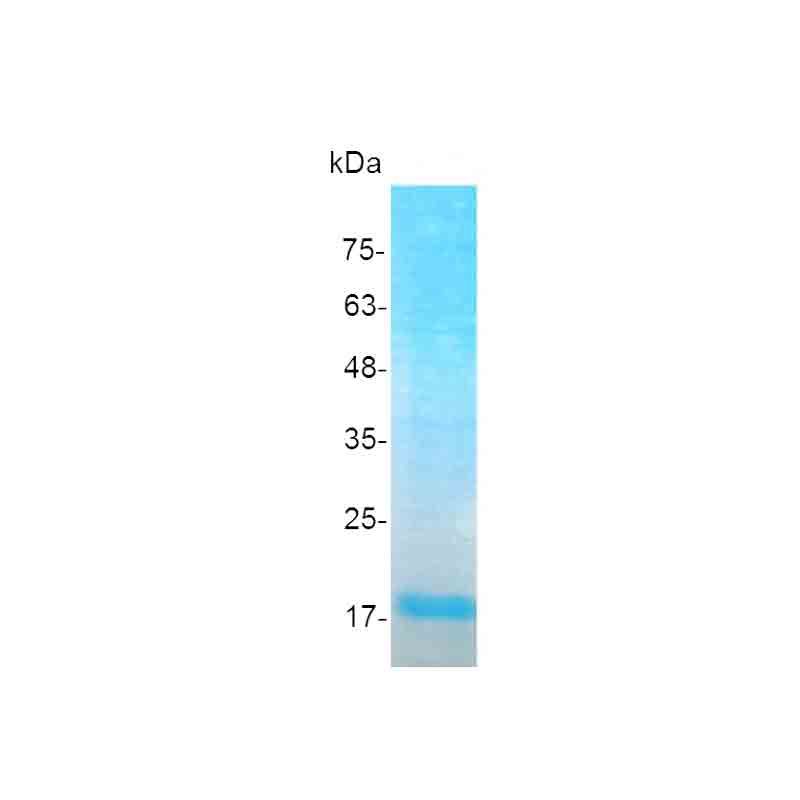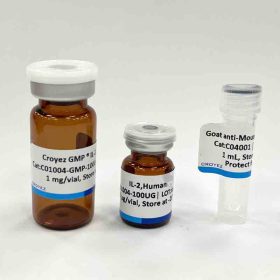IL-23 is an important part of the inflammatory response against infection. It promotes upregulation of the matrix metalloprotease MMP9, increases angiogenesis and reduces CD8+ T-cell infiltration into tumours. IL-23 mediates its effects on both innate and adaptive arms of the immune system that express the IL-23 receptor. Th17 cells represent the most prominent T cell subset that responds to IL-23, although IL-23 has been implicated in inhibiting the development of regulatory T cell development in the intestine. Th17 cells produce IL-17, a proinflammatory cytokine that enhances T cell priming and stimulates the production of other proinflammatory molecules such as IL-1, IL-6, TNF-alpha, NOS-2, and chemokines resulting in inflammation.
Sequence:
RAVPGGSSPAWTQCQQLSQKLCTLAWSAHPLVGHMDLREEGDEETTNDVPHIQCGDGCDPQGLRDNSQFCLQRIHQGLIFYEKLLGSDIF
TGEPSLLPDSPVGQLHASLLGLSQLLQPEGHHWETQQIPSLSPSQPWQRLLLRFKILRSLQAFVAVAARVFAHGAATLSP with
polyhistidine tag at the N-terminus
Source:
Escherichia coli
Endotoxin Test:
<0.1 EU per 1 μg of the protein by the LAL method.
Activity:
Measured by its ability to induce IL-17 secretion in mouse splenocytes. The ED50 for this effect is <0.5 ng/mL.
Purity:
>95% as determined by SDS-PAGE. Ni-NTA chromatography
Formulation:
The protein was lyophilized from a solution containing 1X PBS, pH 8.0.
Reconstitution:
It is recommended to reconstitute the lyophilized protein in sterile H2O to a concentration not less than 100 μg/mL and incubate the stock solution for at least 20 min to ensure sufficient re-dissolved.
Storage:
Lyophilized protein should be stored at -20°C. Upon reconstitution, protein aliquots should be stored at -20°C or -80°C.
Note:
Please use within one month after protein reconstitution.





